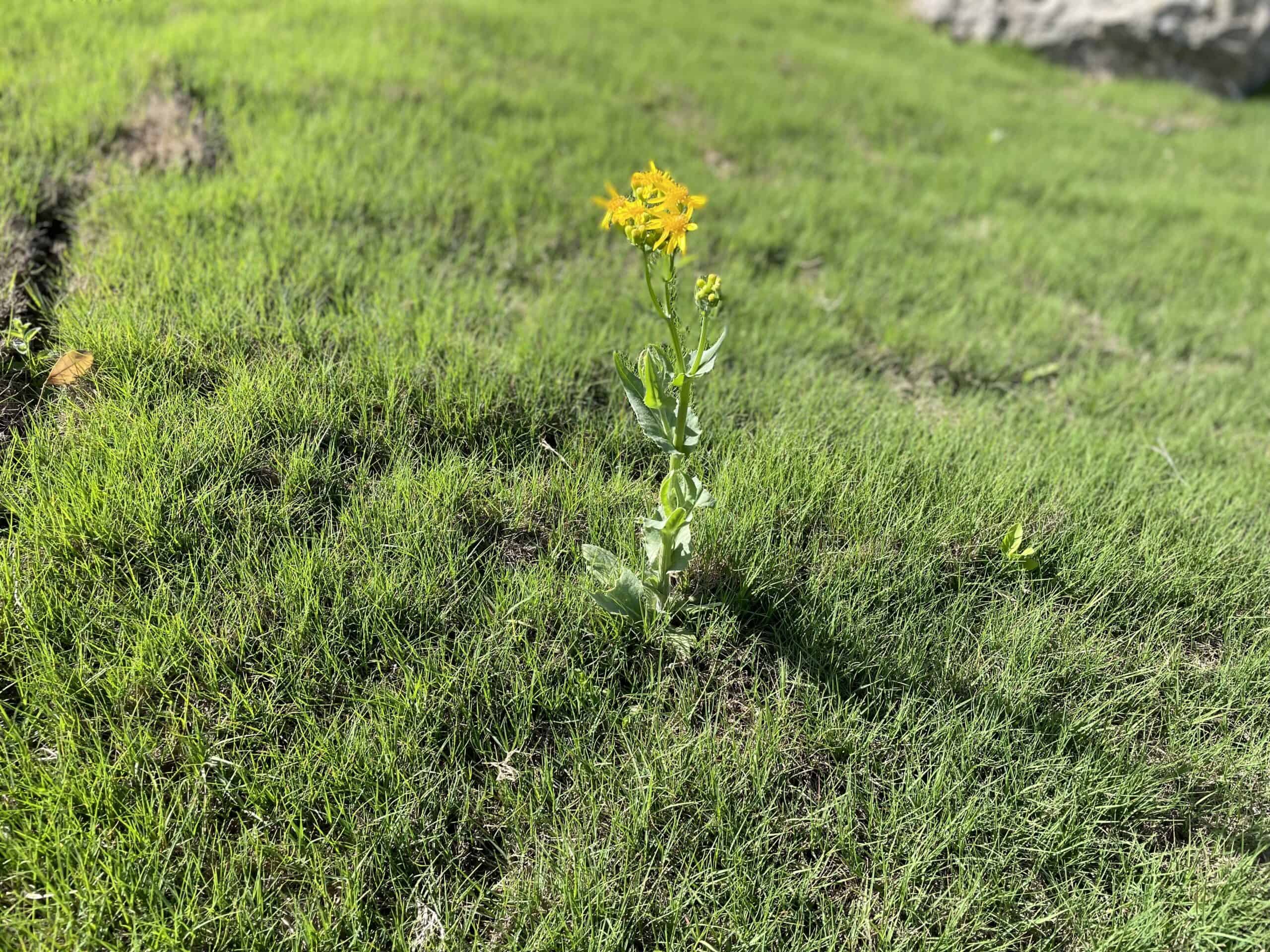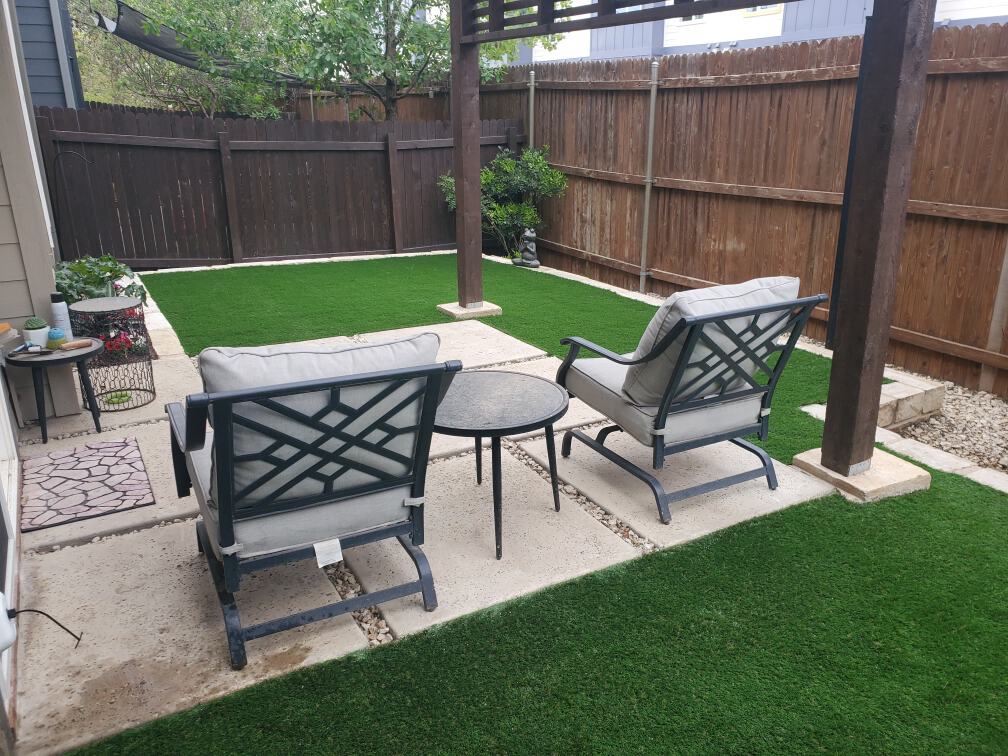Your lawn could hold more value than you give it credit for. The potential may be hidden under forgotten spaces and neglected areas. Unkept yards can transform into vibrant outdoor living spaces with the right approach.
Strategic planning and a tailored landscape design turn otherwise ignored zones into inviting retreats. Enjoy time with family, get more work done, and increase your property value with professional help. This blog will guide you through reviving neglected yards with a team of experts.

Assessing the Current State of Your Lawn
How do you know what to address, fix, or improve if you don't look at your lawn as is? Forget what other homeowners are doing. Decide which features and elements you require, then collaborate with experienced designers to make it happen. Start by identifying existing plants and determining the grass species on your lot. This information will help you pick vegetation for the new and improved landscape. You should also examine hardscape elements and look for signs of soil erosion, lawn diseases, and pest infestations. Check out areas where weeds proliferate and identify the cause. Test soil health and assess other crucial details to plan an appropriate layout for the climate. Your team can help you prioritize tasks after that. So, establish clear goals to help everyone stay on the same page.Thoughtful Landscape Repair Planning
Create a comprehensive landscape design plan after a thorough property inspection with expert insights. Choose which plants you want, whether you need trees, and where to place things. Consider factors like sun exposure, wind patterns, soil quality, climate, and lifestyle. Then, divide the project into sections to move through each phase without missing critical details. Decide where seating areas will be, how you'll plant gardens, and whether the lawn needs more pathways. Next, use irrigation and fertilization to boost grass production, protect plants, and create a robust foundation for future growth. Ask your team for more information about soil pH levels, nutrients, and drainage options. Afterwards, work together to remove weeds and conduct a post-processing inspection to identify areas needing immediate repair. Clear out unwanted plants, fix structures, and make space for new additions. You can also prune shrubs, shape existing foliage, and remove debris to clear the yard and prepare it for what's next.Selecting Appropriate Plants for Neglected Lawns
Lawns lacking love can be challenging to transform and replenish, even for experts. Multiple factors can contribute to the success of lawn treatments and landscaping. Pick plants based on professional recommendations, local weather conditions, post-processing soil health, and maintenance requirements. Incorporate diversity into your lawn with a dynamic and visually appealing garden. Achieve this by combining native Texas plants with exotic species. You can also use different colors, textures, and blooming seasons to keep your yard looking fresh longer. Focus on low-maintenance options to begin. Choose foliage that requires minimal care and ongoing support. Ask your landscaping team how to tell the difference between various plant species. Seek advice about maintaining what you have and integrating new. Ensure your landscape remains manageable for the long run with expert advice.
Creating Functional Zones to Improve Outdoor Living Spaces
The final step is parsing your property into functional sections based on your initial design plan. Establish areas for sitting, cooking, playing, and relaxation. Or make fun zones for nature exploration and pursuing outdoor hobbies. Here are five more pro tips to consider:- Address hardscape elements such as pathways, fences, and seating areas. Repair damages to ensure safety and enhance the ambiance.
- Implement water-efficient irrigation solutions. Select drought-tolerant plants to conserve resources and reduce landscape maintenance demands.
- Create focal points to draw attention to specific items or plants. Add visual interest with sculptures, water features, and ornamental vegetation.
- Add outdoor lighting to extend the usability of outdoor living spaces into evening hours. Use a well-placed arrangement to highlight features and ensure safety.
- Schedule regular lawn maintenance services. Don't let your lawn become neglected or overgrown with weeds and unwanted plants again.

